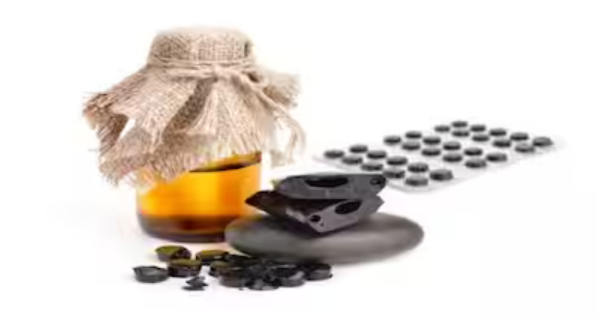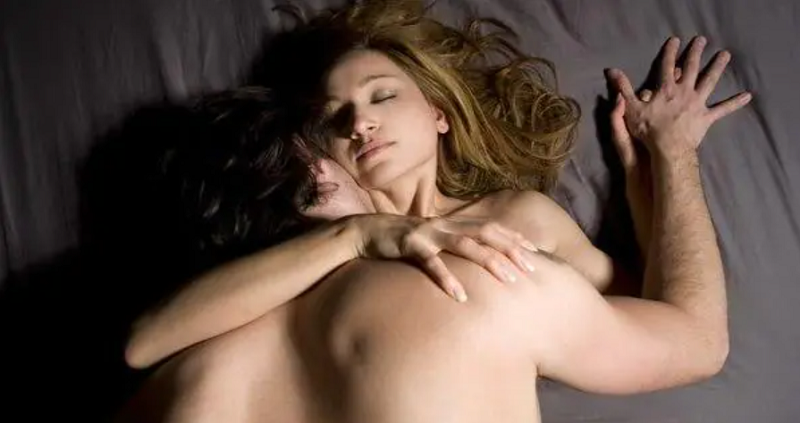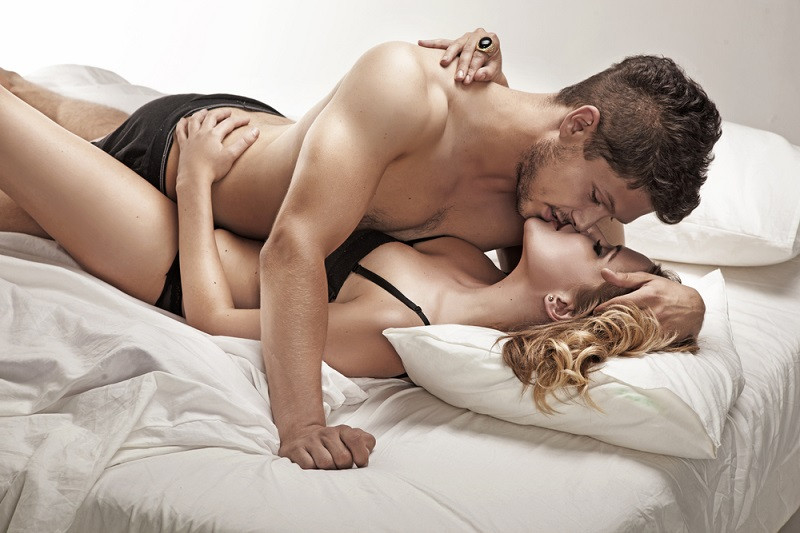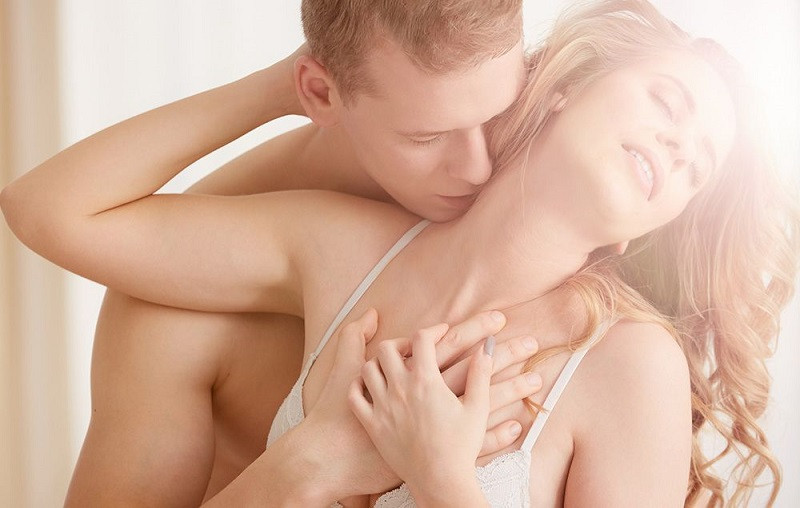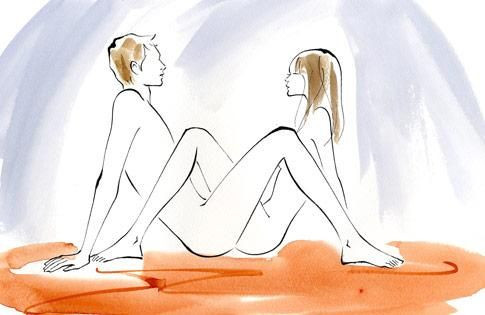Spider Curls Muscle Worked, Benefits, Alternate, and Tip

As one of the most effective exercises for stimulating and triggering the working bicep muscle during a workout, the spider curl targets primarily the short head of the bicep.
It's essentially a chest-supported concentration curl, so we're trying to isolate the biceps as much as possible in the spider curl. The biceps will drive almost exclusively the curling motion if you keep your upper arm perpendicular to the ground throughout every set.
We will explain the following in this article:
What is spider curl?
- The proper wayito do a spider curl.
- Afterward, we'll discuss training tips that will help you make the most of this exercise.
Find Out More About Biceps Brachii Heads
The biceps brachii has two heads: the short (inner) and long (outer).
Long heads make up the majority of your biceps peak, while short heads sit on the inner side, adding thickness.
During curling, a regular grip will place approximately equal emphasis on both heads.
The long head and peak of your biceps will be emphasized by curling your elbows behind you.
By curling your elbows in front of your body, you will emphasize your short head and widen your biceps.
 Spider Curl Muscle Work
Spider Curl Muscle Work
By keeping your arms in front of your body instead of at your sides, the spider curl primarily targets the Biceps Brachii muscles.
The spider curl involves several synergist muscles in addition to its target, the bicep.
- Brachialis,
- Brachioradialis muscle
Other muscles that work as stabilizers include:
- Flexors of the wrist,
- Oblique and the indirect
- Abdominal wall.
Spider Curls: What Are They?
The easiest way to perform spider curls is with dumbbells; however, you can also use any equipment that you can hold in your hands, including EZ-Bars, barbells and dumbbells.
By supporting your chest against a bench, spider curls isolate the short head of the bicep muscle.
Furthermore, it prevents you from cheating or using other muscles, such as your back and shoulders, to lift.
Position yourself on an incline bench with your chest up. Tighten your abs and back as well. When curling, keep your shoulders from moving too far forward.
Keeping your upper arms perpendicular to the ground, curl the bar straight upwards.
After you reach the top, squeeze your biceps hard, hold for a second or two, then slowly descend back to your starting position.
Spider curls: What Are Their Benefits?
In addition to producing thicker-looking biceps, Spider curls are also a fantastic way to gain general upper-body strength, making them ideal for training for other weightlifting exercises.
The spider curl exercise has the following benefits:
- If you have reached a plateau with the same exercises over and over again, spider curls may be able to provide better results.
- With dumbbells, you correct any strength imbalances between your biceps.
- Performing incline prone curls has the advantage of stretching your arms, causing more metabolic stress, thus increasing your biceps size.
- The broader range of motion increases movement efficiency, prevents injuries, and increases strength and size growth.
- There is a lot of emphasis on building the bicep peak with workouts that emphasize the long head. However, performing exercises that work the short head will give the arm a more symmetrical appearance.
- As a result, spider curls provide a wider range of motion, thereby increasing movement efficiency.
- In addition to filling up your biceps and increasing muscular growth, Spider Curls are a great way to add freshness to your bicep workout.
Form and tips for spider curls.
Since you are working against gravity on the bench press, it is difficult to cheat during a spider curl. However, this doesn't rule out the possibility that you are making mistakes.
For optimal results, you may need to modify each exercise based on your individual needs to ensure proper exercise technique.
- Only your biceps should move the weight. Your body should remain fixed.
- Between 45 and 60 degrees is the ideal bench angle for spider curls.
- Take a moment to squeeze your bicep when you reach the top of your curl.
- With a controlled descent, more time will be spent under tension, resulting in more effective sets and a reduced risk of injury.
- Keep your elbows close to your sides, your knees slightly bent, and your hands gripped tightly to the bar.
- Make sure you select a weight that allows you to control your body throughout the exercise.
- Exercise programs should include proper warm-ups, rest, and nutrition.
- To ensure sufficient recovery, rest for 24 to 48 hours before training the same muscle groups.
Spider curls with a barbell
A barbell spider curl trains your biceps in a maximally contracted position. This produces a powerful muscle pump that makes your arms appear more vascular and can also lead to significant hypertrophy.
A barbell is typically used for spider curls, but an EZ bar or dumbbells can also be used.
A dumbbell spider curl is a good choice if one arm is weaker than the other. You can isolate the weaker arm to strengthen the bicep muscle.
 How To Do Barbell Spider Curl
How To Do Barbell Spider Curl
- Lean against the bench with your chest supported. Adjust the bench to an incline, level to a 45-degree angle.
- Stabilize yourself by standing on the balls of your feet about shoulder width apart.
- Engage your core throughout the movement and keep your chin tucked.
- Lie on your back with your arms hanging in front of your torso. From here, prepare a barbell or set it up in front of you.
- Squeeze your biceps hard while slowly curling the barbell toward your shoulders.
- Slowly lower the bar until your elbows are fully extended after holding the contraction for a moment.
- Repeat for the desired number of reps.
Spider Curl with EZ Bar
Face down on either an incline bench or the flat side of a preacher bench, the EZ-bar spider curl targets the biceps.
In addition to providing a more comfortable wrist position, the angle of the EZ-bar isolates the biceps while limiting shoulder involvement. As part of upper-body or arm-focused training, this curl variation is usually performed for moderate to high reps, such as 8-12 reps per set or more.

How To Do It
- Lean against the bench so that your chest is supported and adjust the bench to an incline of 45 degrees.
- Your feet (especially your toes) should be well positioned on the floor.
- Grab the EZ bar with a supinated grip (palms facing up) about shoulder width apart or slightly closer.
- Set-up an EZ in front of you by hanging your arms in front of your torso.
- Squeeze your biceps forcefully while slowly curling the EZ bar toward your shoulders.
- Slowly begin to bring the barbell back to its starting position after holding the contracted position for a second.
Spider Curl with dumbbells
Every repetition of dumbbell spider curls produces a powerful muscle contraction, which is ideal for building the biceps.
With this exercise, you're keeping your biceps guessing with new stress, especially the short head, which will do the majority of the work.
If you can master the dumbbell spider curl, try using a barbell or ez bar with angled grips. Spider curls can be an effective biceps workout with practice.

Dumbbell Spider Curl
- Set the bench at a 45-degree angle with an incline.
- Underhand grip two moderately light dumbbells.
- Put your chest against the backrest of the bench and let your arms hang in front of your torso.
- It is best to stand on the balls of your feet with your legs long and your knees slightly bent.
- You should keep your chin tucked throughout the movement. Engage your core. All repetitions should begin from this position.
- Squeeze your biceps hard while curling the dumbbells toward your shoulders.
- Lower the weights under control until your elbows are fully extended after holding the contraction for a moment.
- The best variations of the pronated dumbbell curl
- Dumbbells can be used in many variations of prone Incline spider curls.
- Dumbbell Spider Curls can be done in a variety of ways depending on your fitness level.
- One way to counter this problem is to use lighter weights or to perform the exercise with a single dumbbell if you are new to DB spider curls.
- Try dumbbell reverse spider curls and heavier weights for a more advanced variation to stimulate different muscle fibers in the bicep.
Reverse spider curl with dumbbells
The dumbbell reverse spider curl is a variation of the spider curl where the dumbbell is gripped palms up. The motion is the same, however the grip allows for specific arm muscles to be targeted.
A dumbbell is used to perform the prone incline bicep curl by contracting the biceps with your palms facing down.

Standing spider curl with two dumbbells
Standing spider curls work the biceps muscles at the front of the upper arm as well as the brachialis and brachioradialis muscles in the lower arm.
Since you're lifting a dumbbell with both hands, you can lift heavier, which is great for building bigger biceps.
Standing arm curls build strength in the upper arm and teach you how to use your arm muscles correctly by bracing your core.

Dumbbell Spider Curl with One Arm
One-arm spider dumbbell curls are variations of the incline prone curl exercises, using dumbbells and single arm movements for better control and targeting.
Unilateral movements make you stronger and help you identify muscle imbalances. But you cannot fix something you do not know exists, so unilateral exercises are crucial for achieving evenly developed muscles.

Prone Incline Hammer Curl with Dumbbells
The neutral grip dumbbell spider curl may be the variation for you if you love hammer curls.
We've discussed a few different spider curl variations that either target the biceps or isolate the brachialis and brachioradialis.
With the neutral grip variation, all three muscles work simultaneously, so you can get an extra boost.
 The best alternative to spider curls
The best alternative to spider curls
You don't want to repeat the same exercises two times a week for several months. Variety ensures that your muscles are worked evenly while preventing boredom.
Curl of the preacher
The preacher curl, which emphasizes the eccentric portion of the exercise, is the best exercise for building a short head of biceps.
If you have a long tendon, preacher curls are the best exercise to build a longer biceps lower head and a full biceps pump.
Using a barbell or E-Z curl bar, you sit on a preacher bench and perform this exercise.

Preacher curls with dumbbells while standing
Standing dumbbell preacher curls are isolation exercises that target the biceps, but also stimulate the forearms, brachialis, and brachioradialis.
As with the spider curl, the preacher curl also works the short head of the biceps. Alternatively, you could alternate between the two movements for variety.
A dumbbell and an incline bench are usually used in this exercise.

Curls of the inner biceps while standing
There are several advantages to working the inner biceps with dumbbells.
This exercise can be performed seated on a bench with or without back support.
The palms of your hands can (and should) be turned upwards from a position in which they are facing each other.
In addition to developing the elbow, this movement also develops the biceps.

The difference between spider curls and preacher curls
In terms of biceps, which is better, spider curls or preacher curls? In terms of forearms, which is better?
In addition to spider curls, preacher curls are another variation of a traditional biceps curl.
These exercises target the short head of the biceps and require lighter weights than traditional biceps curls.
During preacher curls and spider curls, you use a bench to support parts of your body. This puts more stress on your working arm muscles.
In preacher curls, the backs of your upper arms are supported, whereas in spider curls, the front of your upper body is supported by an incline bench with your hands in a vertical position.
Spider curls are most challenging at the highest point of the exercise (the concentric), but preacher curls are most difficult at the lowest point (the eccentric).
Although both exercises allow for more joint movement than standard bicep curls, the spider curl offers a greater range of motion.
Frequently Asked Questions
What Spider Curls ?
In addition to targeting the short head of the biceps brachii, spider curls also target your forearm flexors, which are needed to complete this exercise.
Do Spider Curls Work Better Than Regular Curls?
In addition to providing full range of motion, spider curls are excellent variations to traditional bicep curls.
To what degree should I do spider curls?
Between 45 and 60 degrees is the best angle for spider curls.
What is the maximum weight that a spider can curl?
Start with light weights and focus on foam and muscle contraction rather than traditional bicep curls.
What Makes Spider Curls So Difficult?
Because you are setting up with your chest supported on the incline bench, there is very little chance of cheating with spider curls.
Because of gravity's downward pull and the dead hang and vertical position of both arms, spider curls are very difficult.
How effective are spider curls?
In order to build bigger biceps, spider curls are one of the most effective exercises. They target the short head of the biceps throughout the entire range of motion, especially at the very top.
Takeaway
Spider curls target the biceps' short head and are an excellent isolation exercise.
This exercise becomes a full-body bicep exercise with a simple grip modification.
You probably already have the equipment in your gym that you can use for spider curls.
In addition, if your bicep muscles aren't even, use dumbbells. On the other hand, if your arm symmetry is already there, use the barbell.
